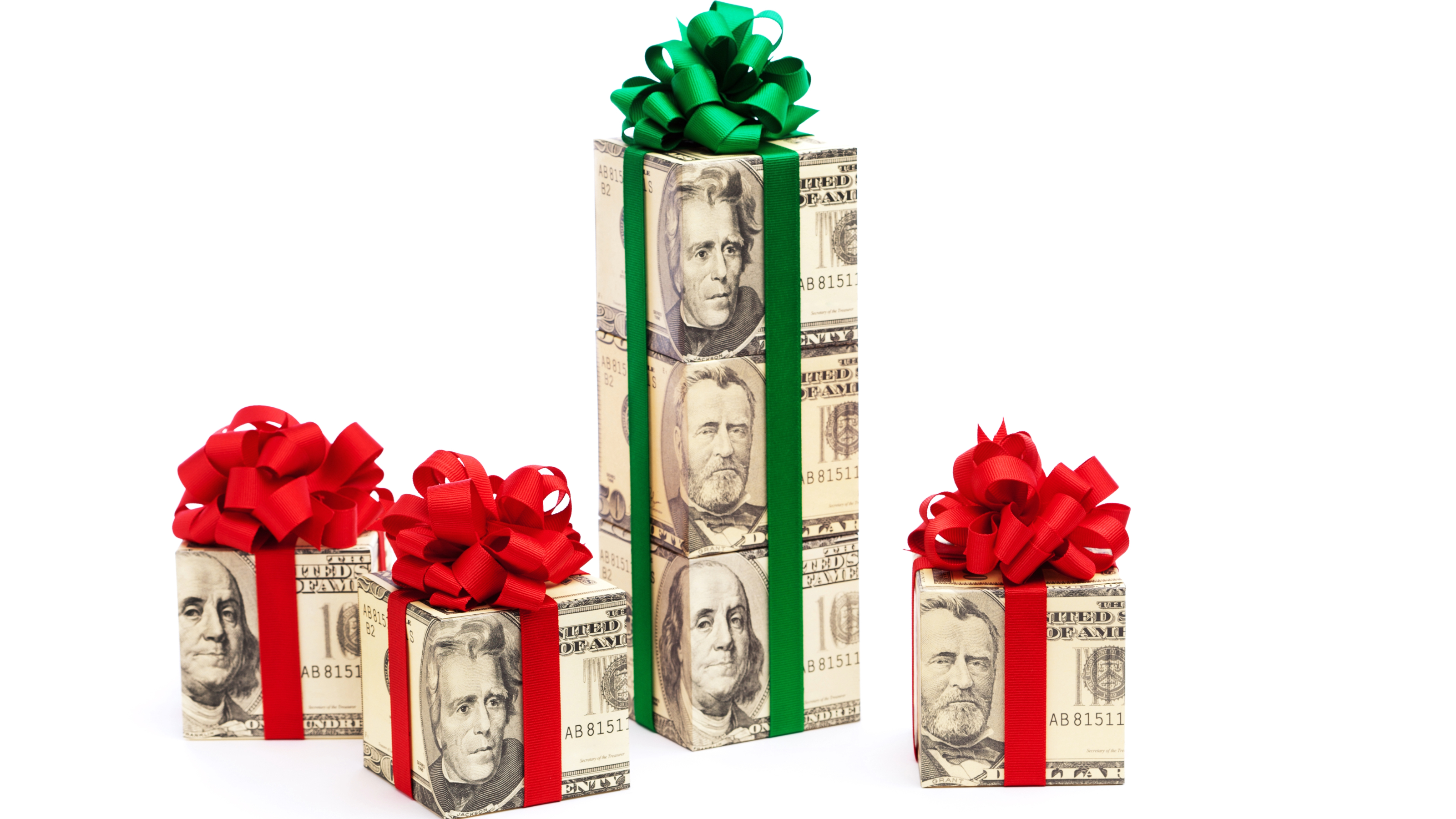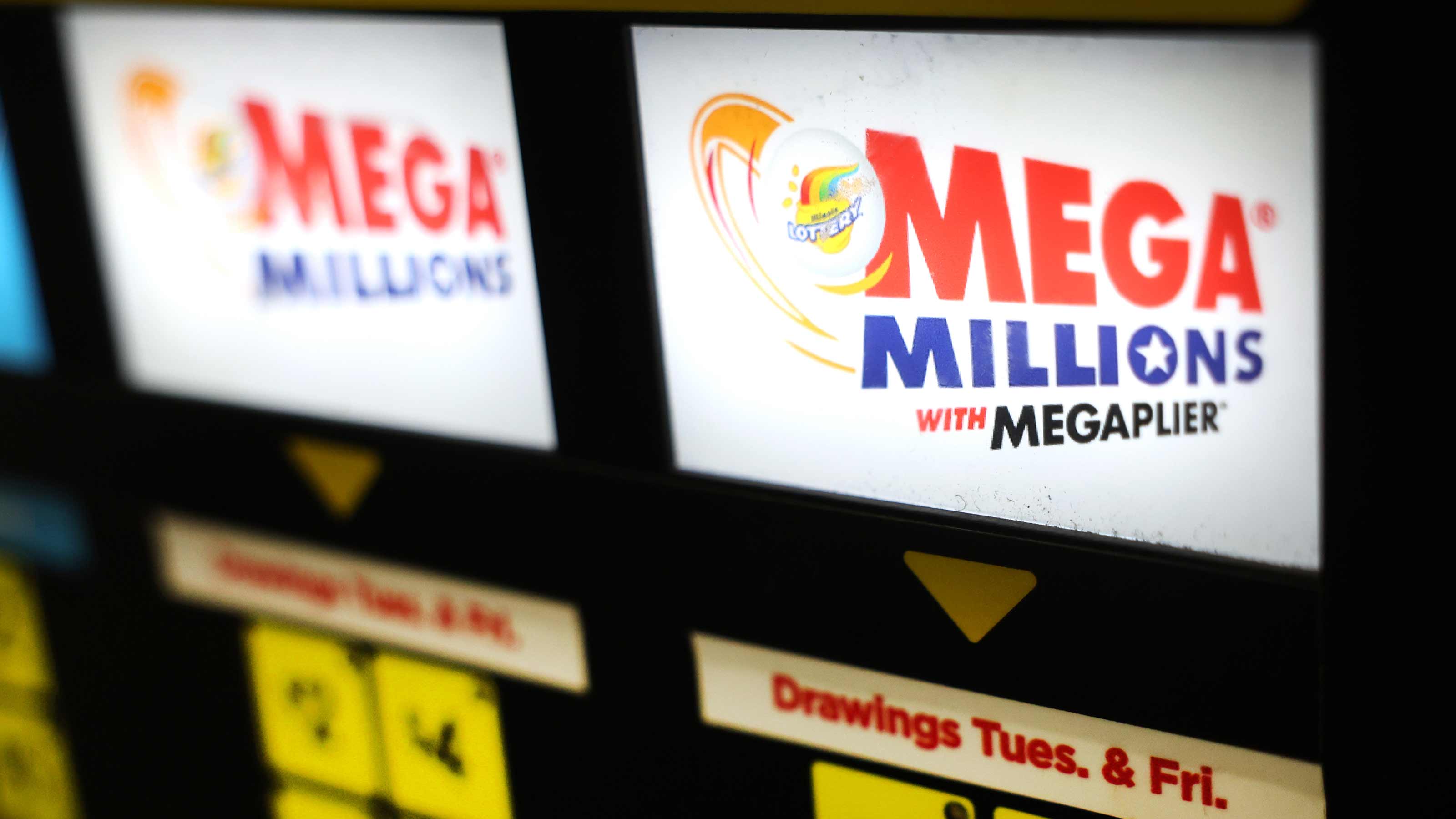Beware Dark Patterns on the Web
These sites are designed to steer or coerce people into making unintended decisions.

You’re on the checkout page when something appears in your shopping basket that you didn’t put there—say, you’re buying a laptop, but insurance sneaks in, too, unless you uncheck a box. Or you think you’re signing up for a one-time deal or even a free trial, but you’ve unintentionally committed to a subscription with recurring fees.
Or maybe your relaxed online browsing session takes on an air of urgency because a countdown timer tells you that a hot deal is about to expire, or the site gives you an “almost out of stock” warning.
Perhaps you succumb to a fear of missing out after reading testimonials (of unknown origin) or seeing periodic messages that someone else (who might not be real) just bought the item you’re considering.
From just $107.88 $24.99 for Kiplinger Personal Finance
Become a smarter, better informed investor. Subscribe from just $107.88 $24.99, plus get up to 4 Special Issues

Sign up for Kiplinger’s Free Newsletters
Profit and prosper with the best of expert advice on investing, taxes, retirement, personal finance and more - straight to your e-mail.
Profit and prosper with the best of expert advice - straight to your e-mail.
Not all of these “nudges” are flat-out deceptive. But all are instances of dark patterns, or website designs meant to steer, coerce or deceive people into making unintended or potentially disadvantageous decisions.
Dark patterns have been a topic of discussion among techies, behavioral scientists and marketers since 2010, when British cognitive scientist Harry Brignull coined the term. His website, www.darkpatterns.org, serves as an information clearinghouse and a dark pattern Hall of Shame. A new study from Princeton University researchers documents how ubiquitous dark patterns can be and explains why we fall for them.
15 ways to get snookered. Using a web crawler, the Princeton researchers investigated more than 11,000 shopping websites. They found 1,841 dark patterns on more than 11% of the sites, or more than 1,200 of them. The researchers identified 15 patterns in seven broad categories, including sneaking, urgency and misdirection. The more popular the website, the more likely it was to feature dark patterns. The most egregious examples, deemed “deceptive” by the researchers, were relatively rare: only 234 instances on 183 websites. The authors note, however, that their limited study—for example, they analyzed only text (no images) and only on retail sites—no doubt understates the prevalence of dark patterns.
We fall for the trickery because of innate cognitive biases. We might go ahead with a transaction even after a previously undisclosed charge gets added at the last minute because of a bias known as the sunk-cost fallacy—the feeling that we’ve invested too much time, energy or money to turn back. And something known as the framing effect makes confirm shaming a go-to dark pattern for some sites. You’ve seen it when a shopping site promises a discount in exchange for your e-mail address. If you don’t want to give it out, you’re forced to click on something like “No thanks, I like paying full price.”
Once aware of dark patterns, we tend to adapt. Some 65% of British consumers in a recent survey pegged instances of dark patterns on a hotel booking site as the sales pressure they are. But the frontiers keep expanding. You’ll find dark patterns on mobile apps, video games and social media platforms, too. Congress has taken notice: A bill introduced in the Senate in April would empower the Federal Trade Commission to crack down on dark patterns.
“My bigger concern is how dark patterns play out in other contexts,” says Colin Gray, an assistant professor in the computer graphics technology department at Purdue University. “There’s a whole new range of deceptive practices that could be present in non-screen-based dark patterns,” he says, such as in smart-home speakers and other devices. The best defense is to cultivate your inner skeptic, says Gray, when it comes to shopping online and reading—yes, actually reading—user agreements. “Realize that not everyone is acting with good intent, even companies that we respect.”
Profit and prosper with the best of Kiplinger's advice on investing, taxes, retirement, personal finance and much more. Delivered daily. Enter your email in the box and click Sign Me Up.

Anne Kates Smith brings Wall Street to Main Street, with decades of experience covering investments and personal finance for real people trying to navigate fast-changing markets, preserve financial security or plan for the future. She oversees the magazine's investing coverage, authors Kiplinger’s biannual stock-market outlooks and writes the "Your Mind and Your Money" column, a take on behavioral finance and how investors can get out of their own way. Smith began her journalism career as a writer and columnist for USA Today. Prior to joining Kiplinger, she was a senior editor at U.S. News & World Report and a contributing columnist for TheStreet. Smith is a graduate of St. John's College in Annapolis, Md., the third-oldest college in America.
-
 New Year, New Retirement Rules: How to Keep Up With Changes
New Year, New Retirement Rules: How to Keep Up With ChangesFor a successful modern retirement, prepare for a longer life, manage high health care costs and prioritize your social life and purpose.
-
 Plan to Give
Plan to GiveSponsored Charitable giving strategies in the wake of the “One Big Beautiful Bill."
-
 Stocks End Volatile Year on a Down Note: Stock Market Today
Stocks End Volatile Year on a Down Note: Stock Market TodayAfter nearing bear-market territory in the spring, the main market indexes closed out the year with impressive gains.
-
 How I'm Going to Invest My Mega Millions Lottery Jackpot
How I'm Going to Invest My Mega Millions Lottery JackpotThe odds of winning the Mega Millions lottery are effectively zero, but here's how I'm investing my fortune should I hit the jackpot.
-
 Four Random Facts and Thoughts About Warren Buffett
Four Random Facts and Thoughts About Warren BuffettIf I love Warren Buffett so much why don't I just marry him?
-
 Investing in Gold Is Dumb
Investing in Gold Is DumbStocks are better than gold for both generating wealth and offering protection against inflation.
-
 What's So Scary About a Mega-Cap Tech Bull Market?
What's So Scary About a Mega-Cap Tech Bull Market?Bears say the market can't keep rallying when only five mega-cap tech stocks are driving returns, but history suggests otherwise.
-
 We Are Not in a Bull Market
We Are Not in a Bull MarketIt takes more than a 20% gain off the low to proclaim the beginning of a new bull market.
-
 Why I Don't Buy Stocks
Why I Don't Buy StocksIt's nearly impossible to beat the market – but it is cheap and easy to match it.
-
 Amy Domini on the Secrets of Sustainable Investing
Amy Domini on the Secrets of Sustainable InvestingESG An ESG pioneer says finding good corporate citizens is the best way to make money.
-
 New Ways to Invest in Bitcoin
New Ways to Invest in BitcoinBecoming an Investor ProShares Bitcoin Strategy and other ETFs offer an easier way to gain bitcoin exposure than buying the actual cryptocurrency.